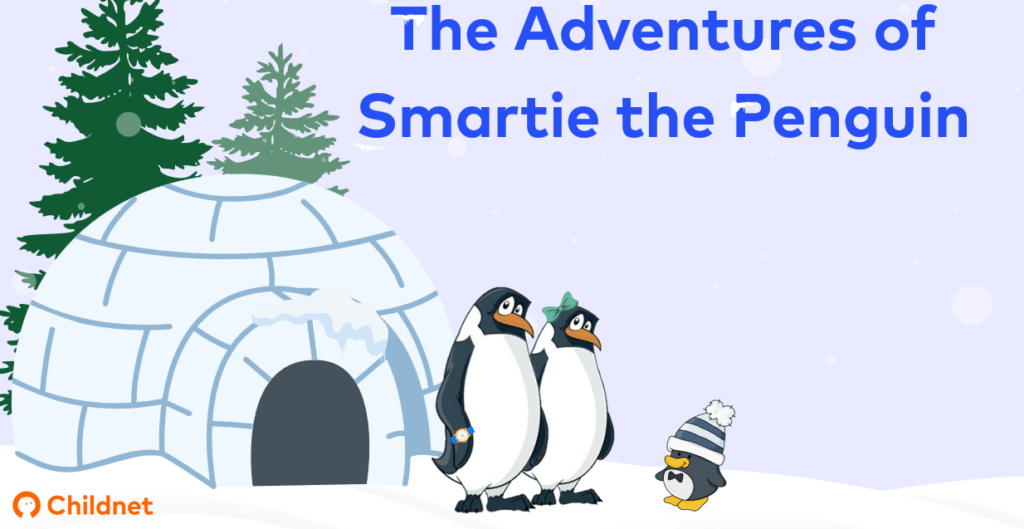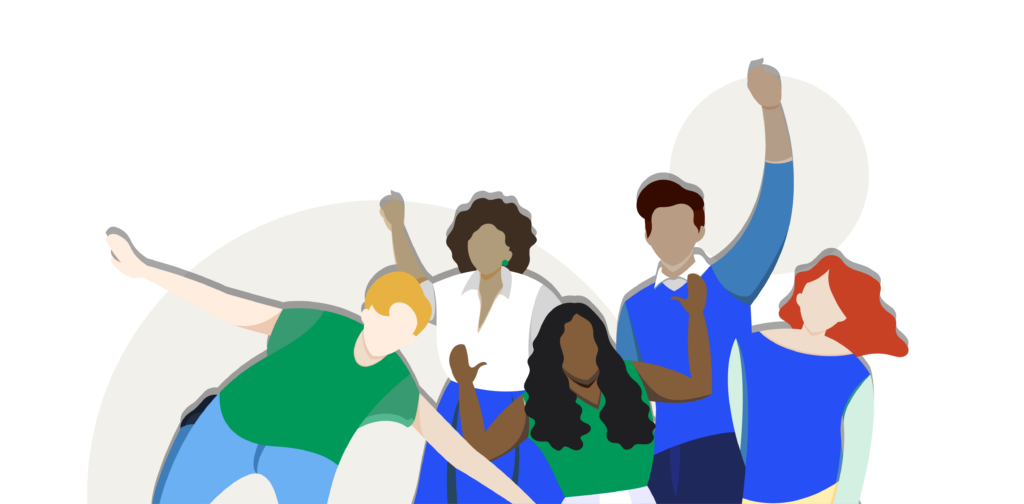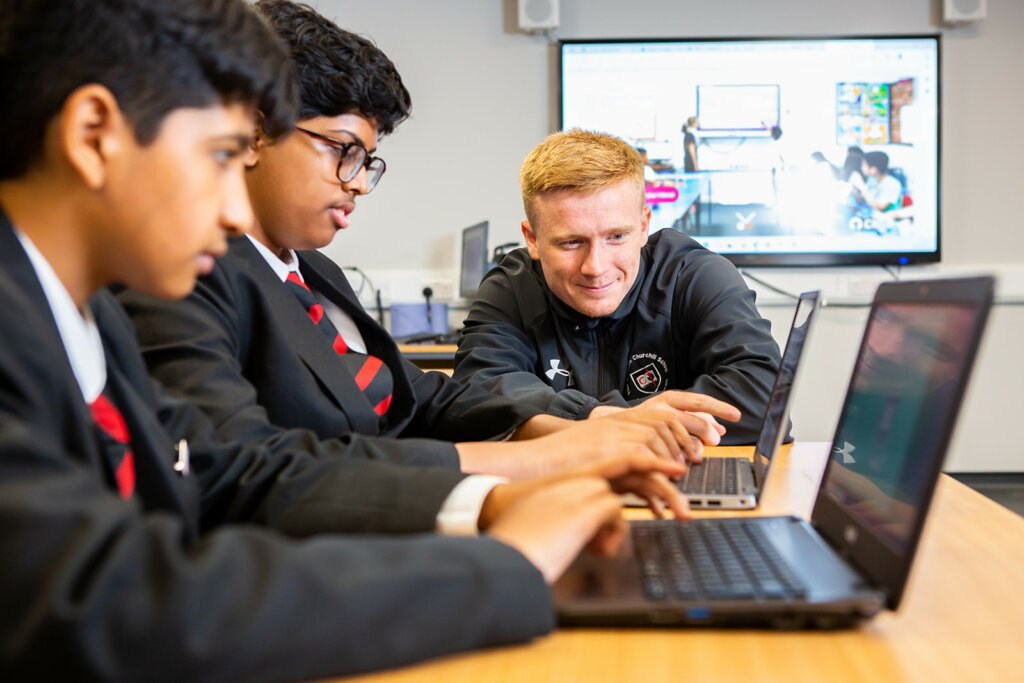The Childnet website has a new exciting addition for children aged 8-11 years old. This blog looks at how teachers and professionals can use the new information specifically developed for children aged 8-11 years old to help support them.
What are the Primary Pages?
Inspired by the most frequently asked questions we hear directly from children and young people in schools, we have created 8 new information pages for primary pupils aged 8-11 years old.
The pages look at the following questions:
– What should I do if someone online is mean to me?
– What should I do if an online friend wants to meet up?
– What do I need to know about online gaming?
– How much time should I spend online?
– What does the report button do?
– What do I need to know about sharing things online?
– What makes a good online friend?
– How old do I need to be to access social media?
How can teachers and professionals use the children’s section of the website?
We have created resources to support teachers and professionals in using the primary pages. They include advice on how to help young people engage with the pages, suggested follow-up activities and even a treasure hunt which can be used to introduce young people to the pages.
Check out our top tips
1) Share the pages
The pages are designed for children to be able to read and explore on their own, which makes them ideal as an independent reading activity or homework task. Share them in class or ask children to read them at home.
2) Talk about what they’ve learnt
Use the pages to get children talking about online safety. Follow up any independent reading with a brief discussion of what they have learnt, any questions they may have and, most importantly, opportunities to share their own online experiences.
3) Embed their learning with some follow-up activities
Once children have read and discussed the content of the pages, do some more in-depth work to really embed their learning. Why not use the pages to inspire some creative writing? Or have a debate in class about one of the topics? For more follow up ideas, see the Using the New Primary Pages resource.
4) Set them a treasure hunt!
Give children some time to really explore the pages and everything they have to offer with our exciting treasure hunt! The questions will lead them through all the different pages searching for the answers, which then also need to be spotted in the word search provided.
5) Return to the pages when needed
The new information pages are a handy way to get conversations started, but remember they can also be useful for reminding children what to do in a particular situation. If a child tells you about a new online friend, review the page What should I do if an online friend wants to meet up? Or if a child mentions opening a social media account, then read the page How old do I need to be to access social media?
This content is delivered as part of our work in the UK Safer Internet Centre and is co-financed by the Connecting Europe Facility of the European Union.


